Series traces the evolution of dairy and examines the way it bridges cultures around the world, Li Yingxue reports.
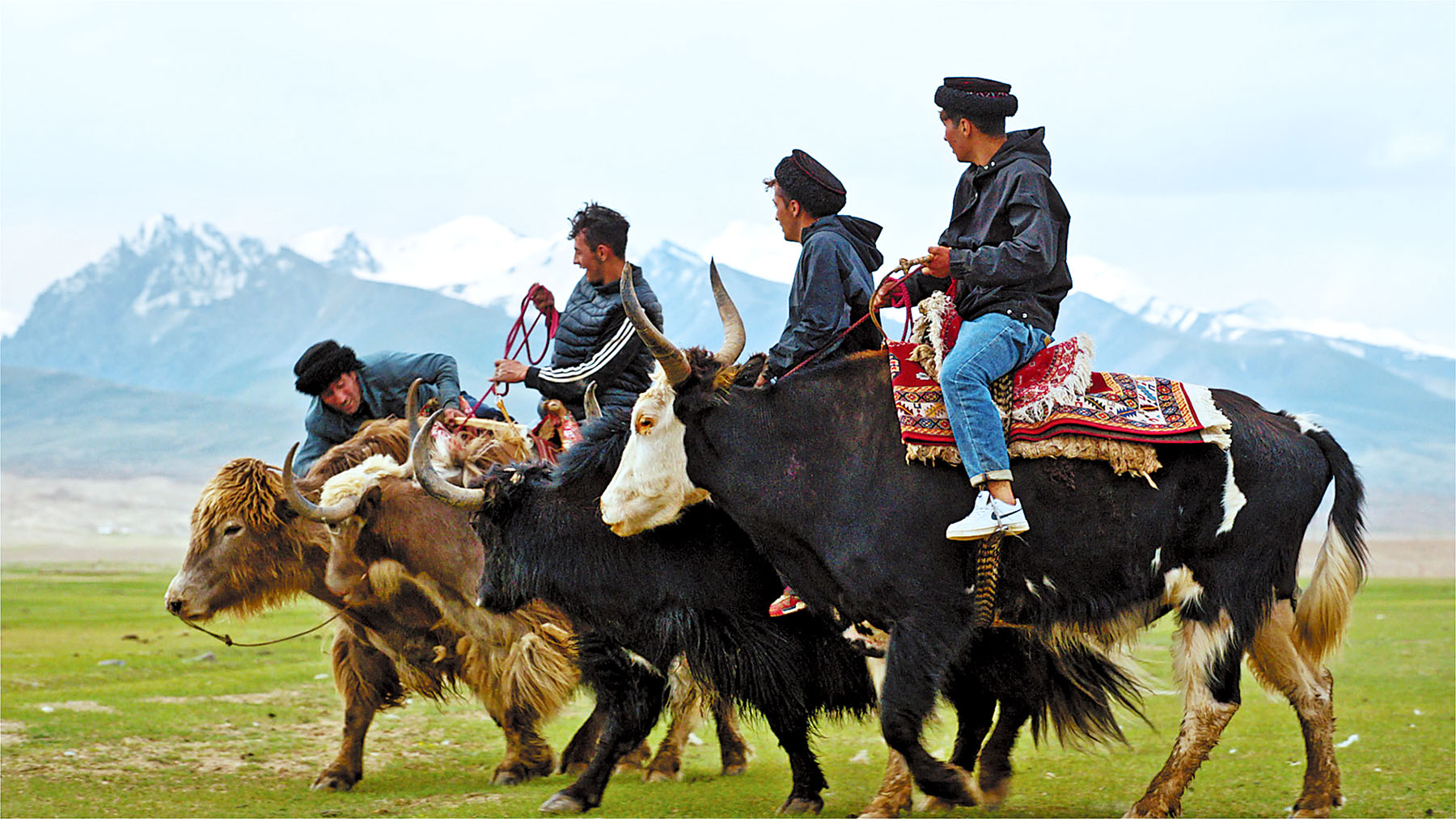
From frothy lattes to creamy cheeses, from the delicate folds of a milk fan, or rushan, thin sheet-like dairy product made from heated and stretched milk, to the silkiness of double-layered milk pudding from Shunde in Guangdong province, some of the world's favorite flavors trace back to one simple source: milk.
More than just an ingredient, milk weaves through cultures and traditions, linking the Maasai warriors of Africa, the wedding rituals of the Xinjiang Uygur autonomous region's Tajik residents, and the generations of people who have perfected the art of making dairy delicacies.
This cultural connection lies at the heart of the new documentary Milk: A Running River of Civilization, streaming on Tencent Video, which takes viewers on a journey across continents and centuries.
Seen through the eyes of farmers, chefs and historians, the six-episode series reveals the way milk has shaped civilizations, bridging the worlds of nomads and settlers, survival and indulgence.
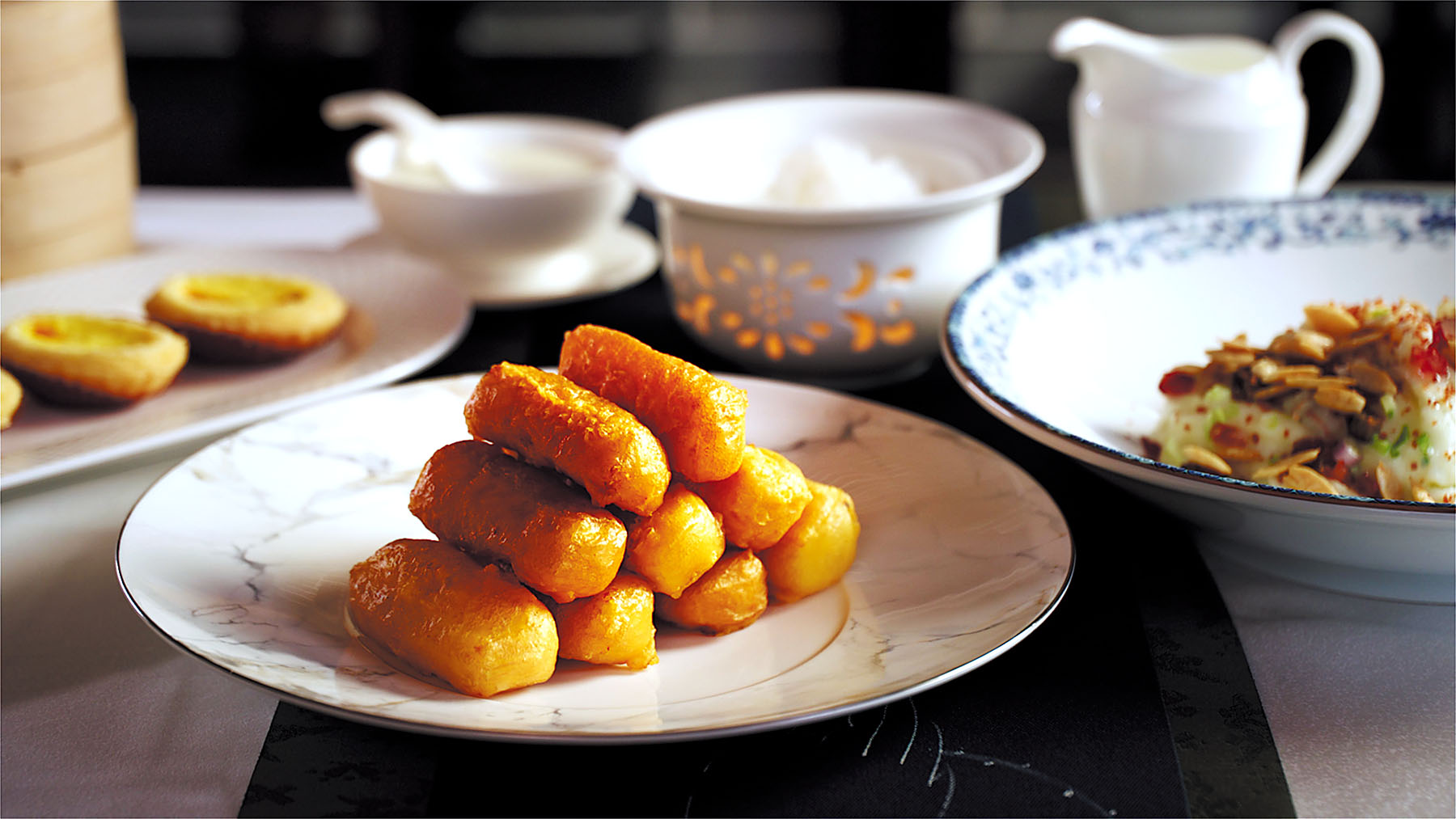
Since its release on March 6, it has been at the top of Tencent Video's documentary rankings, earning a 9.3/10 rating. One viewer, Zhou Yuqin, praised it as "a rare gem among food documentaries". "In an era dominated by short, chaotic videos, this film is a welcome change — the clear narrative and sumptuous visuals bring a sense of calm and engagement," she wrote.
According to executive producer Zhu Lexian, the documentary took two years to complete.
"We wanted to re-imagine how food documentaries are made, capturing not just the flavors but the human stories behind them," Zhu says. "The story of milk not only reflects humanity's reliance on food, but also highlights its connection to the future and evolving market demands, adding vitality to the documentary."
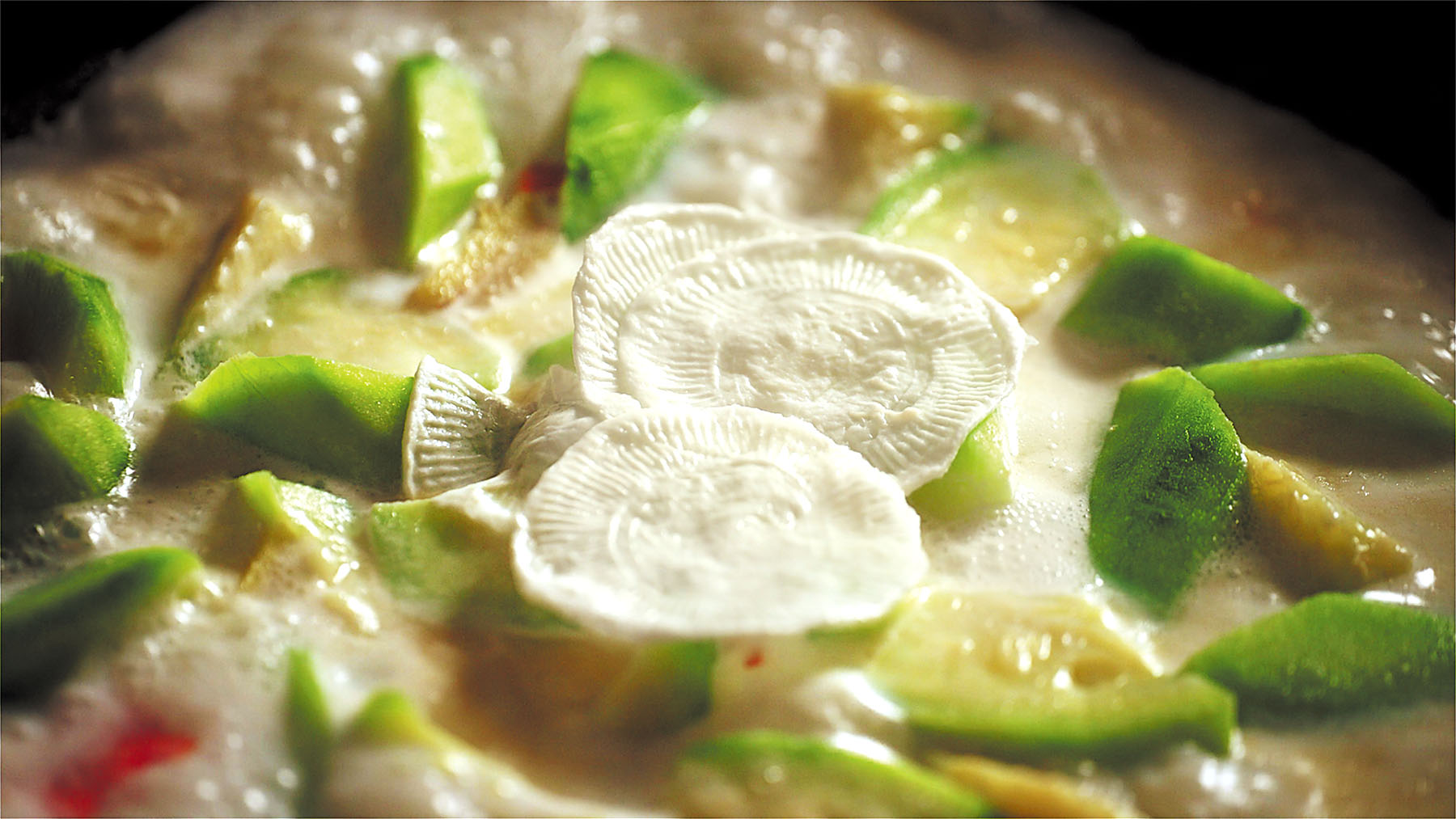
Building on past successes, producer He Shifei says that the production team has long focused on innovation in food and culture documentaries, continuously pushing the boundaries of storytelling and cinematography. From the Once Upon a Bite series to China Beyond Tastes, they have explored a variety of culinary traditions. With Milk, they sought to highlight the historical and cultural depth of dairy.
"Milk is a universal ingredient, yet its significance varies across regions and traditions. From the frozen landscapes of Northern Europe to equatorial islands and the vast Ulan Buh Desert, dairy has shaped local cuisines and customs," He says.
The documentary illustrates milk's influence through beverages such as butter tea of the Inner Mongolia autonomous region and Hong Kong's silk-stocking milk tea, as well as Malaysia's pulled tea, British afternoon tea, and Pakistani clay-pot chai, each of which tells its own cultural story.
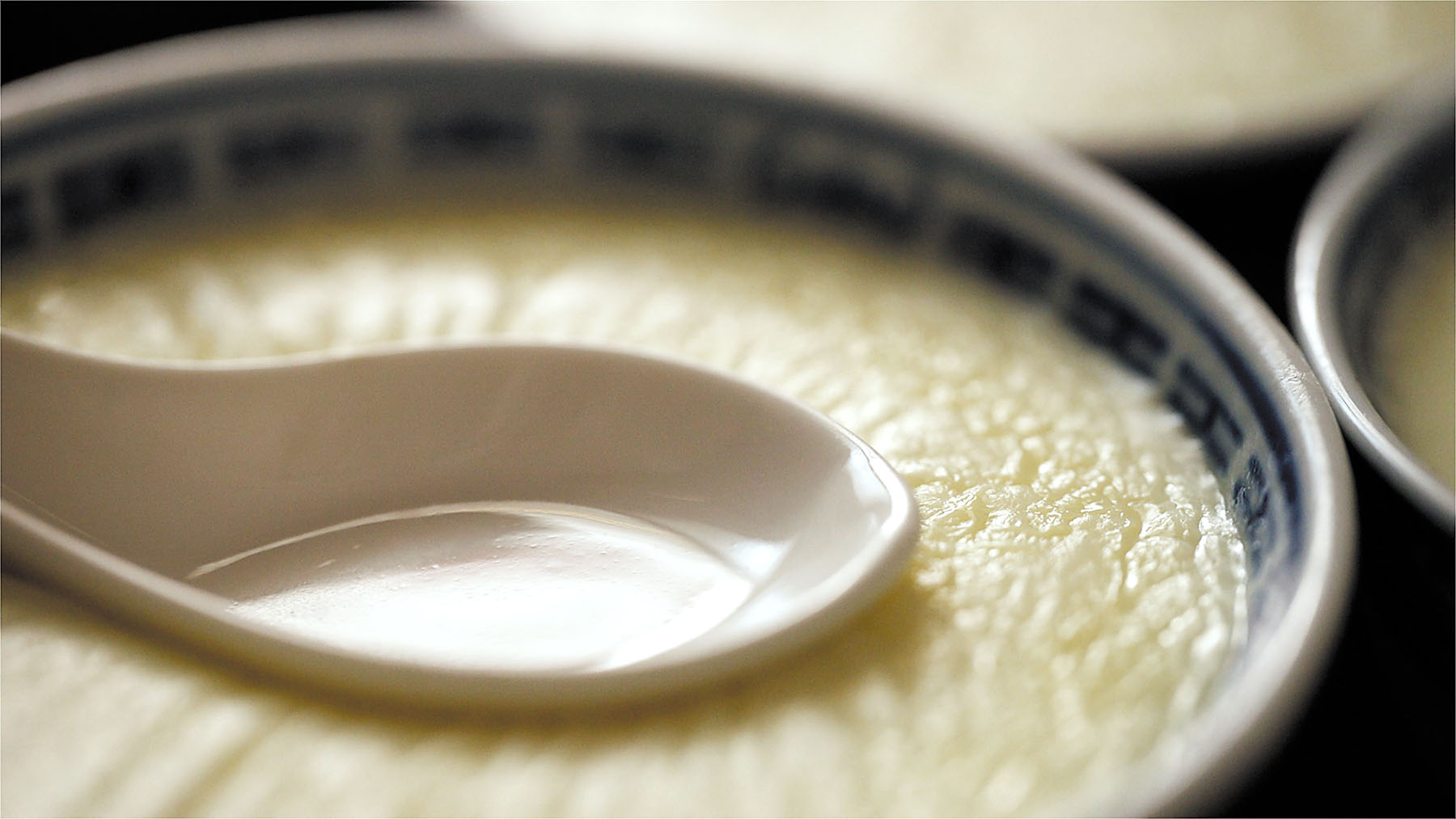
Milk has accompanied humanity through key transitions: from hunting and gathering to agriculture, and later, to industrial civilization. "The history of milk runs parallel to civilization itself. Every era has its own story. We wanted to bring these narratives to life by focusing on communities where milk remains essential," He says.
"Beyond its nutritional value, milk has an emotional significance. It is a symbol of heritage, connection, and continuity," she adds.
The documentary presents an in-depth look at the lives of the Maasai plains people of East Africa, where arable land is scarce and vegetables are virtually nonexistent. With livestock too precious to slaughter for meat, milk is their primary source of sustenance and nutrition.
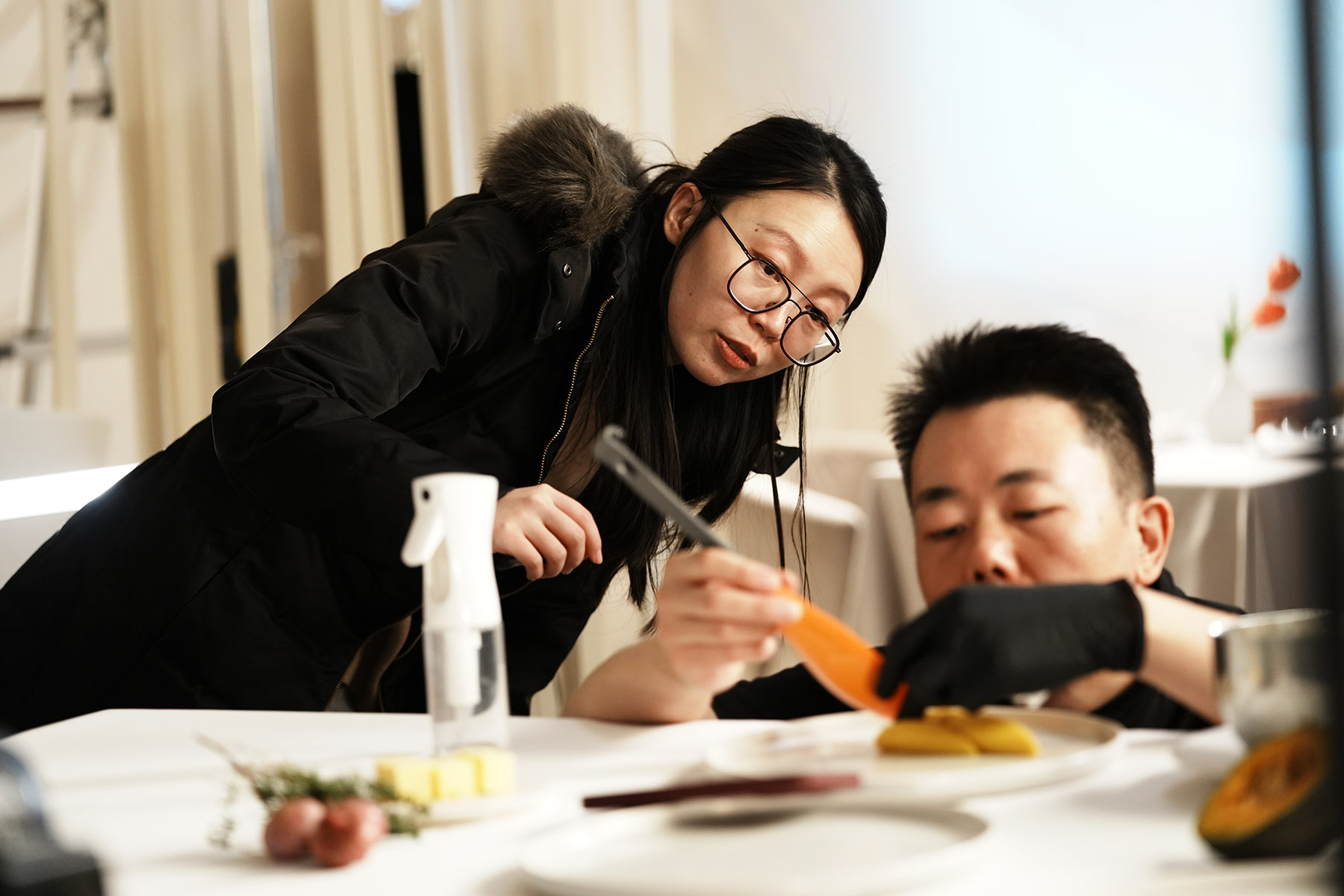
Despite this minimal diet, which is supplemented by maize porridge mixed with milk, the Maasai exhibit remarkable endurance, often working tirelessly throughout the day. "When we arrived for filming, we immediately felt how central cattle and milk are to their lives," says chief director Deng Jie.
The Maasai's reliance on milk extends beyond nutrition. It may have partly contributed to help shape their resilience and sharpen their instincts in the wild.
"Even with a telephoto lens, we struggled to spot wildlife, but they could instantly detect elephants in the distant jungle," Deng says.

Elephants can pose a threat to villages, so the Maasai have developed an acute awareness of their presence. "They can also quickly identify fast-moving warthogs and hyenas, which deeply impressed us. I believe this sharpness is closely linked to their diet," Deng says.
For chief director Chen Lei, the series is more than a documentary about food. It is an exploration of how a single ingredient has shaped human history.
Before filming, he and his team researched milk's evolution from an accidental discovery to an essential daily staple. "We were amazed to realize that milk is not just a simple beverage, it is one of the most profound, yet overlooked witnesses of human civilization," he says.
"Food is an emotional bond that connects people, but milk goes beyond that. It ties together families, communities and even entire cultures across the world," Chen says. "Behind every drop of milk is a story of survival, wisdom and progress."

He also highlights milk's universal presence in diets, fostering shared experiences and cultural connections. "Common foods create a sense of understanding among people. Milk is one of those rare ingredients that transcends borders," he says.
For Chen, the documentary marks a return to global storytelling after the pandemic. "The world may have changed in many ways but it remains as beautiful as ever," he adds.
Contact the writer at liyingxue@chinadaily.com.cn


